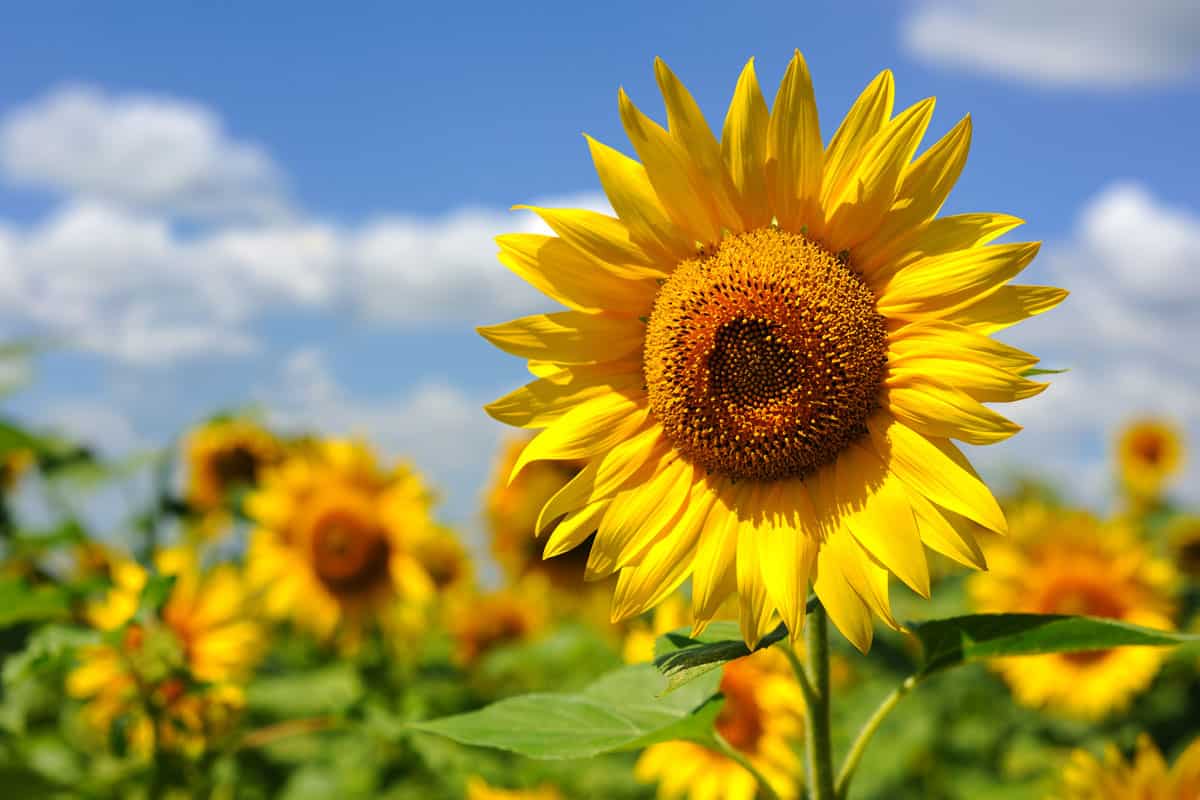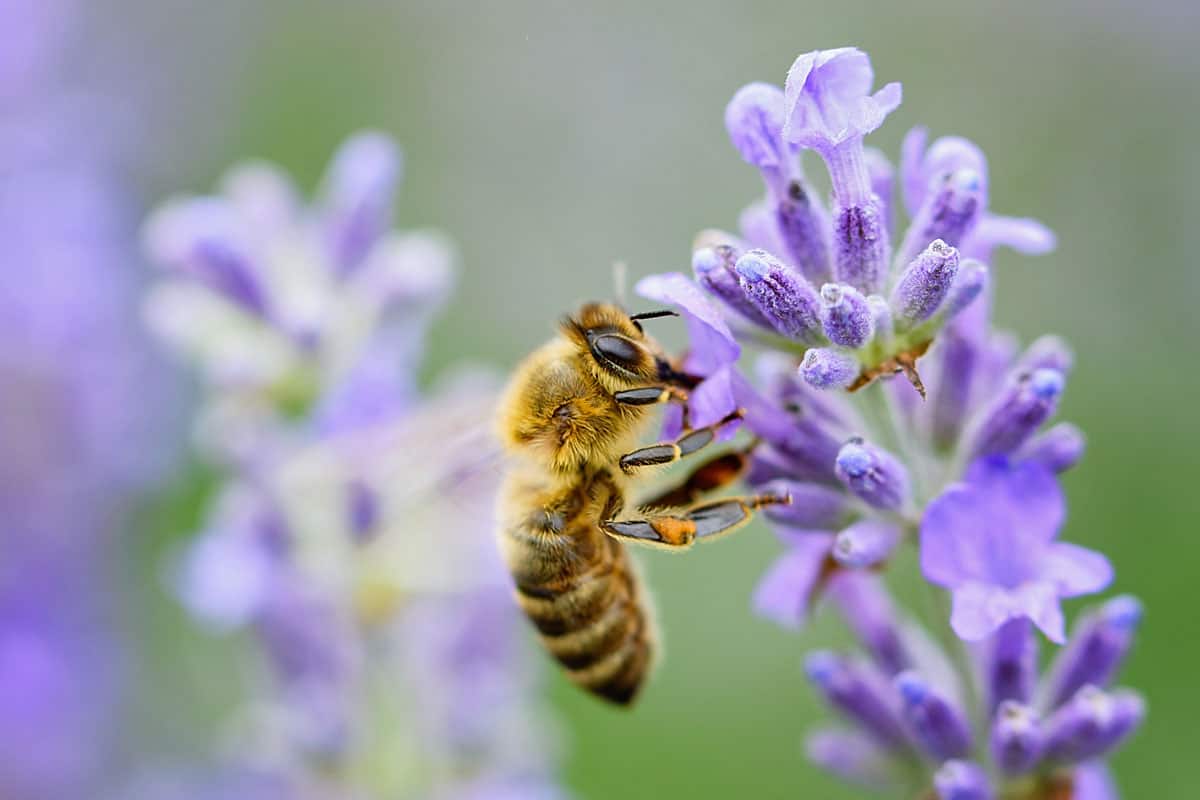Have you noticed that your flowers have a hard time pollinating? This can be frustrating, especially if you’re looking forward to a season overflowing with blooms and growth.
Before you venture on to more costly and tiring solutions, try this easy hack from this tiktok gardener first!
In the video, the gardener simply taps on the flower to get it to release its pollen. Once the pollen is released, it is scattered over the garden, where it gets the chance to grow and develop.
@kia_urbangardener This hack I discovered from @jerrasgarden and it’s really helped me grow more tomatoes! #gardeninghacks #gardenhack #gardeningtips #gardeningtiktok #gardeninghacks101 #tiktoktaughtme #tomatoes #growingtomatoes #growyourownfood ♬ Dreamy Vibes - Ocean Bay Jazz
In the video, the gardener uses tomato plants, which are known to self-pollinate. She simply taps the flower to "supercharge" the pollination process.
You won't have to rely on the wind or pollinators, which is ideal if your garden doesn't attract pollinating insects and doesn't get a lot of wind.

This fast-tracks the process of pollination so your garden can get a greater yield!
Another user shares another great hack in the comments: "Another good tip, pick off the branches that don't have any flowers," not to waste any fruit-growing energy.
Another tip shared by a commenter is to use an electric toothbrush. You'll just have to carefully touch the truss of the plant, and it'll have the same effect as when a bee goes near your flowers.
"I did the tapping, and I cut off everything unnecessary, and I had so many tomatoes in my plants this year," commented another gardener.
It Works On A Variety of Flowers!

Tapping near the pistil works on many flowers, not just tomatoes. It works on the following flowers:
- Sunflowers (more effective when you use a brush)
- Tulips
The "tapping" method also works on crops such as corn and eggplants.
Tapping the flowers not only expedites pollination, but also strengthens the stems—kind of like giving them an exercise!
You Can Rely on Pollinating Insects Too!

If you notice that the tapping method is only doing little to encourage pollination, you can plant flowers that naturally attract pollinators in your garden. You can plant the following:
- Marigolds
- Zinnias
- Sunflowers
- Lavenders
You can also plant herbs such as catnip, oregano, and basil. However, pollinators won't always be there especially during the off-season, so you may really need to manually pollinate the flower—and tapping them is the easiest method!
If you want more info on pollinators, check this out—Do Marigolds Attract Bees & Butterflies [Yes! Tips For Planting In Your Yard]
The Reward Is Priceless
Once you've successfully pollinated your tomatoes, all you need is to provide an environment where they can fully thrive. During harvest season, you can get a lot of yield, and getting a good result is a truly priceless feeling.
@pipposgarden Another summer morning ready to harvest some tomato’s 🍅 #gardening #garden #flowers #plants #nature #gardenlife #flower #gardendesign #growyourown #gardener #plantsofinstagram #naturephotography #gardeninspiration #growyourownfood #gardens #photography #green #plant #organic #mygarden #flowerstagram #flowersofinstagram #homegrown #gardenlove #plantsmakepeoplehappy #love #landscaping #landscape #organicgardening #gardensofinstagram #{p #foryoupage #following #tomato ♬ original sound - Garden 2 Table
Harvesting your yield is a great way to connect with nature or to bond with loved ones. As a commenter said in this video, "My favorite childhood memories was gardening with my grandma and great aunt."
Sometimes, the best solutions are the simplest. Who would've thought you can simply tap the flowers to encourage a greater yield during the next harvest season? Now that you are aware of this practice, go ahead and let your garden thrive!
